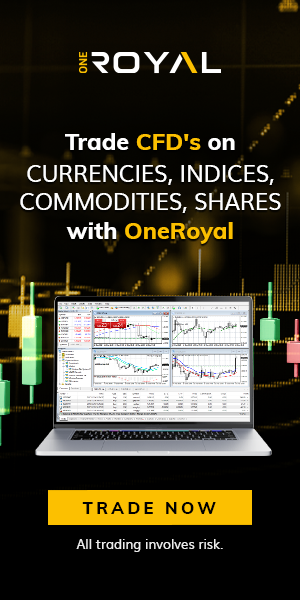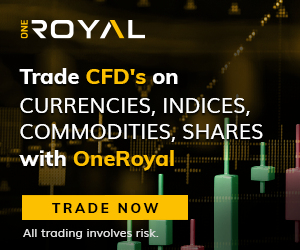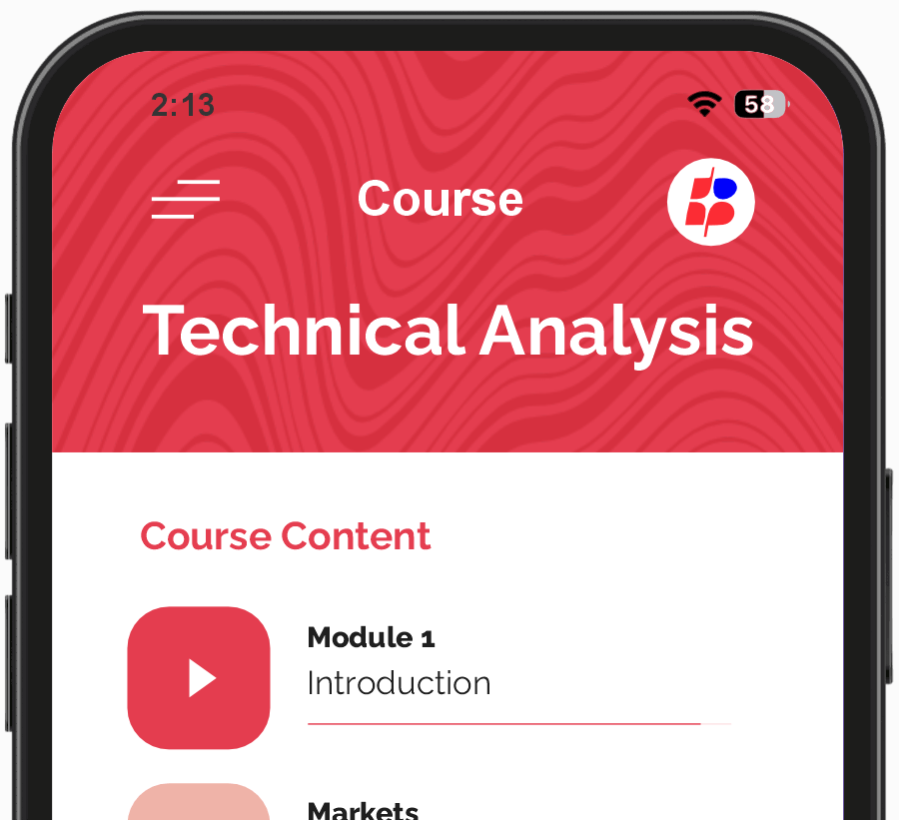MOVE Index is one of the important volatility indicator in the financial markets. It is usually called “VIX for bonds,” because it measures the expected volatility of U.S. Treasury bonds, which directly impacts the forex market.
In This Post
What is the MOVE Index in Forex Trading?
As first mentioned in the introduction, MOVE Index (Merrill Lynch Option Volatility Estimate) is an index that tracks the implied volatility of U.S. Treasury bonds.
It is similar to the VIX index that measures stock market volatility but instead focuses on the bond market.
The index is calculated using the implied volatility of one-month Treasury options across different maturities, including the 2-year, 5-year, 10-year, and 30-year Treasury bonds.
Why is the MOVE Index Important in Forex Trading?
The forex market is highly influenced by interest rates and bond market movements. It impacts forex traders by:
1. Measures Market Sentiment
A rising MOVE Index signals higher bond market volatility, which often leads to risk aversion in forex trading.
This means traders may shift from high-risk currencies (like emerging market currencies) to safe-haven currencies (such as USD, JPY, or CHF).
2. Interest Rate Expectations
If the Index increases, it often indicates uncertainty regarding future interest rate decisions by the Federal Reserve. This can cause fluctuations in the USD and other major currency pairs.
3. Liquidity and Risk Aversion
When the index spikes, forex traders should be prepared for heightened market instability. Institutions and investors may exit riskier assets, leading to increased demand for lower-risk assets, including specific currency pairs.
How to Use the MOVE Index in Forex Trading?
In order to use MOVE index effectively, you should be able to:
1. Track Bond Market Volatility
If you see the MOVE Index rising, it means that the traders expect higher volatility in U.S. Treasuries. This could signal increased forex volatility as well. Traders can adjust their strategies according to the change by tightening stop-losses or avoiding overly risky trades.
2. Monitor Fed Policy Expectations
Since bond yields and interest rates are closely linked, a rising MOVE Index can indicate uncertainty regarding Federal Reserve policies.
If traders anticipate a hawkish Fed (rate hikes), the USD may strengthen. But, if traders expect rate cuts, the USD could weaken against major pairs.
3. Combine with Other Sentiment Indicators
Using the MOVE Index alongside other forex sentiment tools, such as the VIX Index (stock market volatility), the Commitment of Traders (COT) report, and forex liquidity measures, can give you a clearer picture of market sentiment.
Frequently Asked Questions
1. What is the MOVE Index in forex trading?
The MOVE Index measures the implied volatility of U.S. Treasury bonds and serves as a risk sentiment measurement in the financial markets. Forex traders use it to anticipate volatility and potential shifts in currency values.
2. How does the MOVE Index compare to the VIX Index?
The VIX Index measures stock market volatility, while the MOVE Index focuses on bond market volatility.
Both are sentiment indicators, but the MOVE Index is more relevant to interest rate movements, which directly impact forex markets.
3. Can the MOVE Index predict forex market crashes?
While not a direct predictor, a spike in the MOVE Index often signals financial uncertainty, which can lead to increased forex market volatility. Traders should use it alongside other indicators for more accurate predictions.
4. How often is the MOVE Index updated?
The MOVE Index is updated daily and is widely tracked by investors, traders, and economists to assess bond market conditions and their impact on global markets.
5. Where can I track the MOVE Index?
You can find the MOVE Index data on financial platforms like Bloomberg, ICE Data Services, and major brokerage platforms offering economic indicators.
Conclusion
MOVE Index is for forex traders that wants to assess market sentiment and volatility. For the fact that it reflects bond market uncertainty, it provides knowledge into potential currency movements and interest rate expectations.
If you’re really serious about forex trading, it will be wise to keep an eye on this index because it will help you anticipate market shifts and refine your trading strategy.




